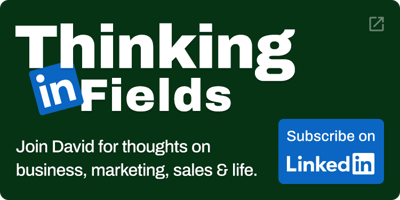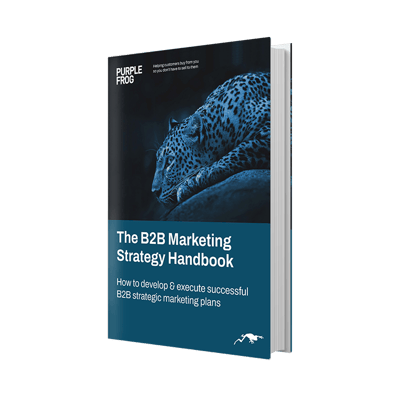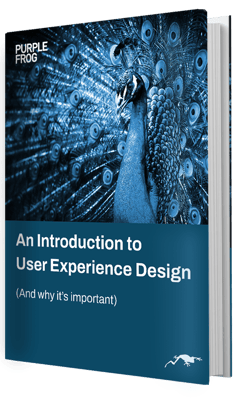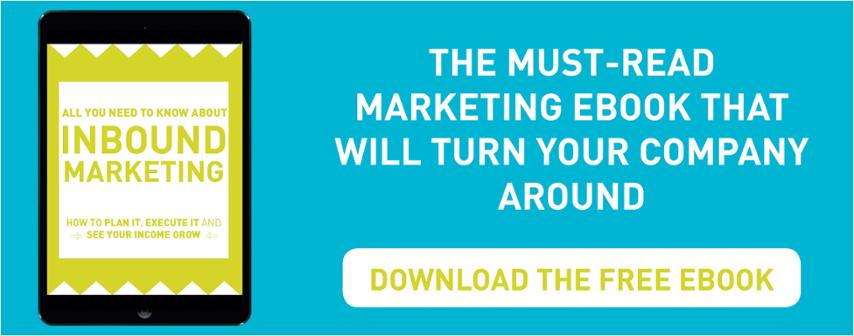How To Write The Best Fit Content Offer For Your Business

When it comes to a content offer people think it's okay to just create a random eBook and stick it up on their website hoping for the best. You couldn't be any more wrong, this is the worst way to create a content offer! To create a content offer that will actually get results on needs to create it along the buyers journey. The buyers journey is basically the stages that a prospect goes through when looking for a product to purchase. Hubspot defines the buyers journey as "The active research process a potential buyer goes through leading up to a purchase." This would be the first step in creating a piece of content, knowing who you’re creating it for. The next step is to conduct research and the final step is to revise.
Buyers Journey
Not everyone is the same, so you shouldn’t group everyone together and make all content the same! Some people may just be starting out and need some educational eBooks so they can learn more, and others may already be in the decision phase and want something to help them get started as they’ve already done all of their research. Due to the different nature of each stage in the buyers journey, there are different aspects that need to be varied such as the type of content that you're creating and it's topic.
Awareness:
In the awareness stage the buyer is in a situation where he/she has a problem and is doing research to educate themselves with the aim of understanding exactly what is wrong. In other words, they are researching to give a name to their problem. Since this is an area of research you will want to create something that educates the prospect. To be specific, Hubspot suggests using techniques such as eGuides, eBooks, white papers, editorial content or analyst reports.
Consideration:
In the consideration stage the prospect has now done enough research to know what is wrong, they've given a name to their problem and are able to define it. They now start to look at their options in terms of resolving the issue. Now, Hubspot suggests webcasts, videos, podcasts, solution comparison white papers, and expert/ editorial eGuides as forms of content that would best fit this stage.
Decision:
When in the decision stage, the prospect now has decided on their solution strategy method and is compiling a long list of all of the available vendors and products in their given solution strategy is researching to whittle the long list down to a short list and ultimately make a final purchase decision. Pardot claims that this is the point where they’ll start thinking about preparation, implementation, quick start costs, and customer support — the final items that will determine which solution best fits their needs and budget. As the seller, this is the stage that you can talk about your product or service as it could be a potential solution. It would be a good idea to put out content such as vendor or product comparisons based on your company, case studies, trial/ software downloads, virtual tradeshows or product literature.
Research
Now that you know who you’re creating for you can begin your research process with the buyer in mind. Most content offers (especially for the awareness stage) can take you a while, but as mentioned in last weeks’ blog post, don’t give up! This is something that will give you great results, and give you more legitimate educated leads.
When researching you want to make sure that you read up as much as you possibly can. It’s integral that you have done ample research to prove that you are an expert in your field. If your points aren’t reinforced with research, who will take your content offer seriously when researching to resolve a pending issue?
Revision
As mentioned in the research stage, it is a necessity that you prove your expertise in this field. Who would take your content seriously if it is full of spelling and grammatical errors? If it is a video, are all of the aspects such as transitions, working properly? Are there any text cut offs? According to Write.com, when reviewing your content there are a list of questions you need to ask yourself:
- What is your main point? – Don’t get distracted as most content offers can be lengthy, make sure you stay on topic and have strong points backing it.
- Do you address your audience appropriately? – This should be all fine if you fully understood and implemented step 1.
- What is the purpose or goal of your paper? – Is it to educate? Do you feel you do that? To check you can give it to a friend to read / watch depending on what it is.
- Do I have enough supporting evidence? Is it relevant? - Have you refuted your statement? Have you done enough research to prove your point?
- Is your vocabulary appropriate? - The revision process also involves examining your vocabulary choices. Do you use consistent vocabulary throughout the entire paper? Do you use the same word repeatedly where a synonym works just as well? Do you leave words undefined that should be defined? Are you descriptive enough?
- Are there grammatical and spelling errors? - Reading to correct grammatical and spelling errors is an important part of the revision process. If grammar is not your strong suit, consider asking someone else to proofread it for you, or take it to a writing center for review.
- Do you conclude effectively? - When looking at the conclusion, consider whether it is backed up by the content of your paper and that it hoans in and reinforces your main point.
Conclusion
The buyers journey is essential for having a successful content offering therefore it is severely important for you to be able to segment your offers into the groups mentioned. These three stages will help you target your audience, conduct accurate research and ultimately a stong content offer!
More from Inbound Marketing

How To Plan and Execute a Successful Inbound Marketing Strategy
Since 2006, inbound marketing has been the most effective method for doing business online. Instead of buying ads, cold...
Blogging for Business: the 5 steps to Create an Editorial Calendar (Plus Free Template)
One of the main reasons why people decide against starting a blog for their business is because they think: "what the hell am I...







